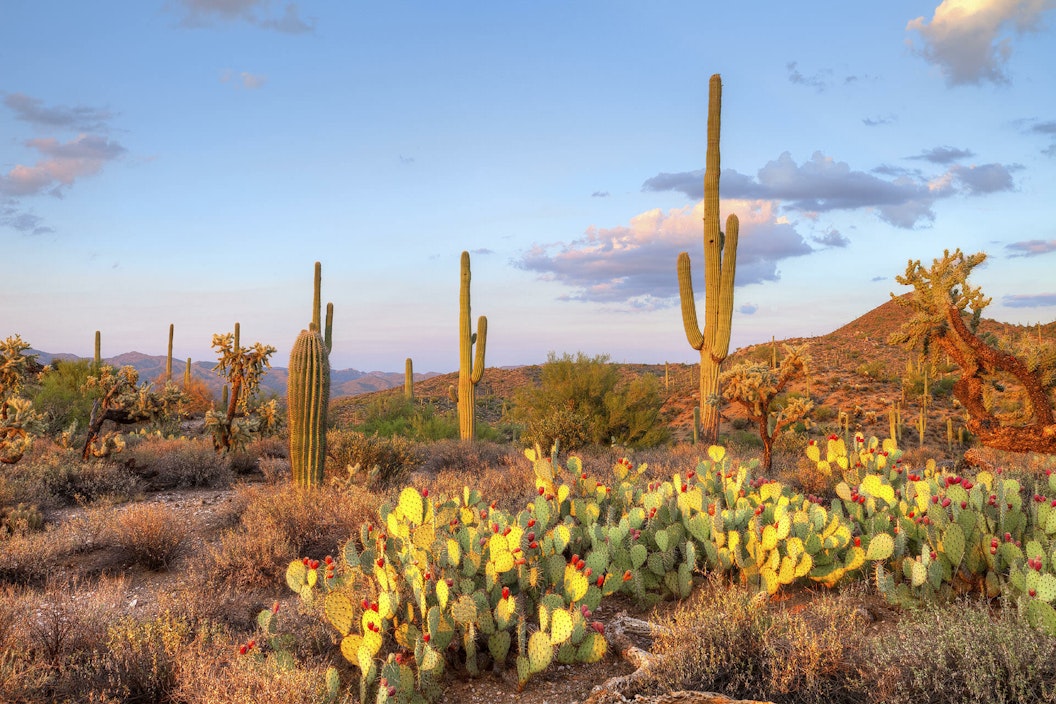
Saguaro National Park protects our largest cacti species, the saguaro, and features camping, hiking, and backpacking trails for every level.
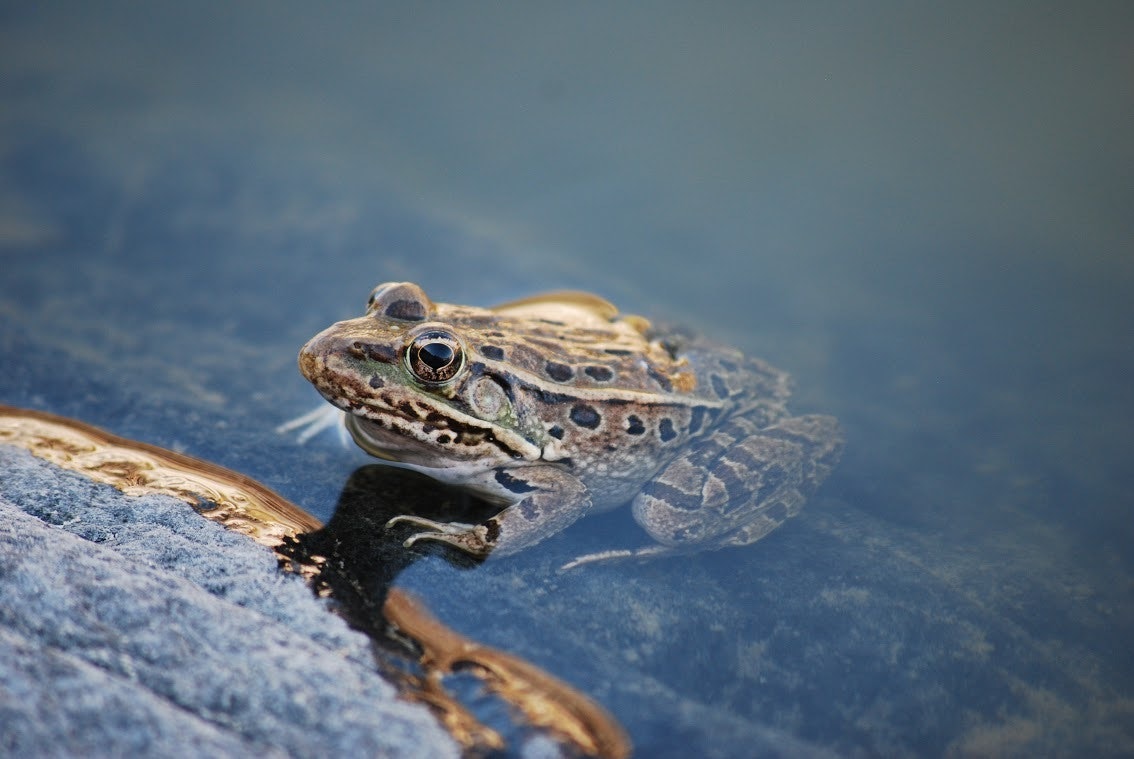
Saguaro National Park evokes towering cacti and desert expanses, but it also serves as an important riparian habitat for many unique species, among them the lowland leopard frog. Thanks to funding from the National Park Foundation (NPF), the park is undertaking a project to help improve their habitat conditions.
When it rains in southern Arizona, park visitors flock to flowing streams and waterfalls to enjoy the beautiful desert landscape. If they’re lucky, they might spot a rare lowland leopard frog (lithobates yavapaiensis), though numbers have dwindled in recent decades.
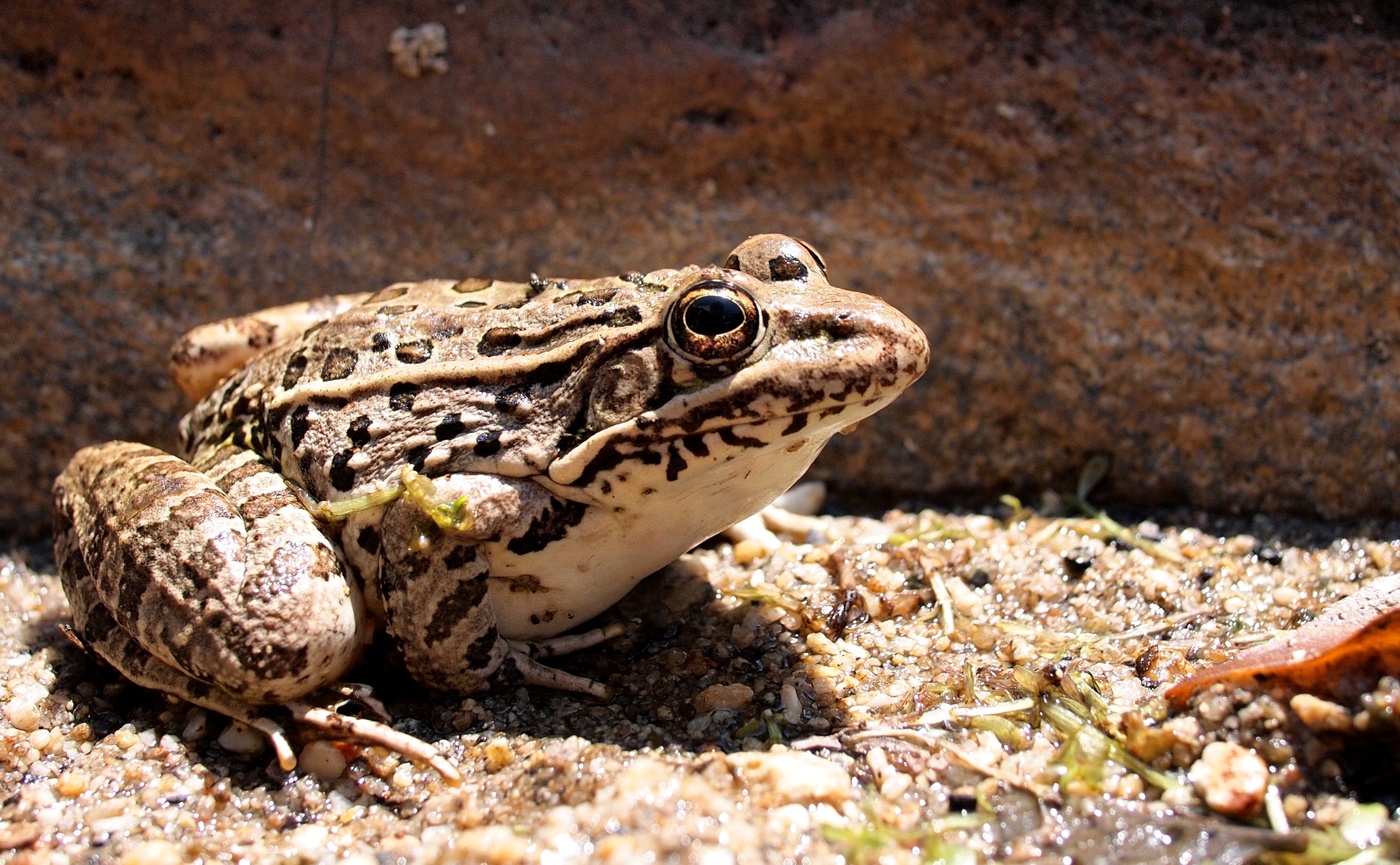
Native to the desert southwest, lowland leopard frogs depend on desert waters. National Park Service (NPS) scientists have classified them as a species of special conservation concern as populations decline due to changes in the park climate and the multiplication of invasive grasses has limited their habitat. The park has monitored the frog species for over two decades and has long used volunteers to control invasive plants affecting saguaros, but until now, hasn’t had funds to fully target restoration efforts specific to frog habitat.
NPF is supporting a project to remove invasive landscaping grasses that threaten the frogs. Improving habitat conditions at three canyons within the park will ready the waters for the reintroduction of leopard frogs through collaboration with local partners.
The riparian areas have become cluttered by fountain grass, a popular landscaping grass that poses a major threat to the species. The grass dominates the stream channels where frogs once thrived and degrades habitats by clogging waterways and promoting riparian fires.
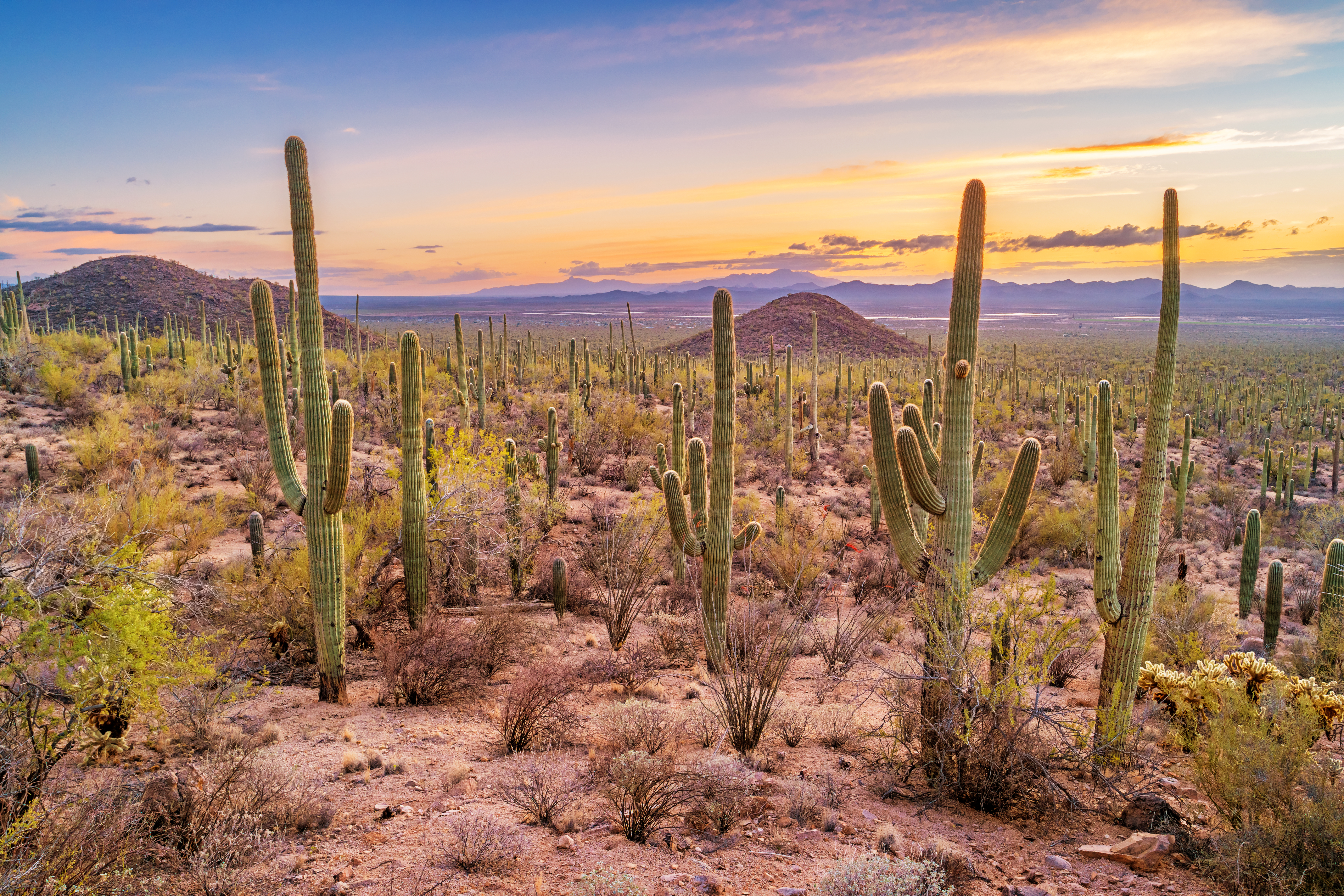
Leopard frogs need areas with permanent water like streams and pools within canyons, often diving under the surface to escape capture by predators. The frogs are highly adapted for desert life and can survive high temperatures, but they must stay wet, with tadpoles typically needing to live underwater for nine months before they metamorphose.
Lowland leopard frogs are especially vulnerable to scarce water sources during droughts, and they have the remarkable ability to travel far across the desert during rainy periods to find new streams and springs. Park biologists have found there have been boom and bust cycles for frogs at Saguaro: sometimes they’ll disappear from whole streams during a drought and then return years later when the habitat is wetter.
As pools that used to hold frogs have dried up in drought and invasive grasses crowded the ecosystem, frogs have become a much rarer sight at Saguaro.
But park staff want to reverse that course. With funding support from NPF, the park aims to reduce the invasive fountain grass by over 75% and collaborate with partners across Arizona to reintroduce leopard frogs to streams they haven’t lived in for over six to 10 years.
The park has been tracking the species for many years. As the population dwindled in the early 2000s, park biologists worked with the Arizona Game and Fish Department, neighborhood groups, and other partners to raise leopard frogs in people’s backyard ponds for future reintroduction to the park. That time has come.
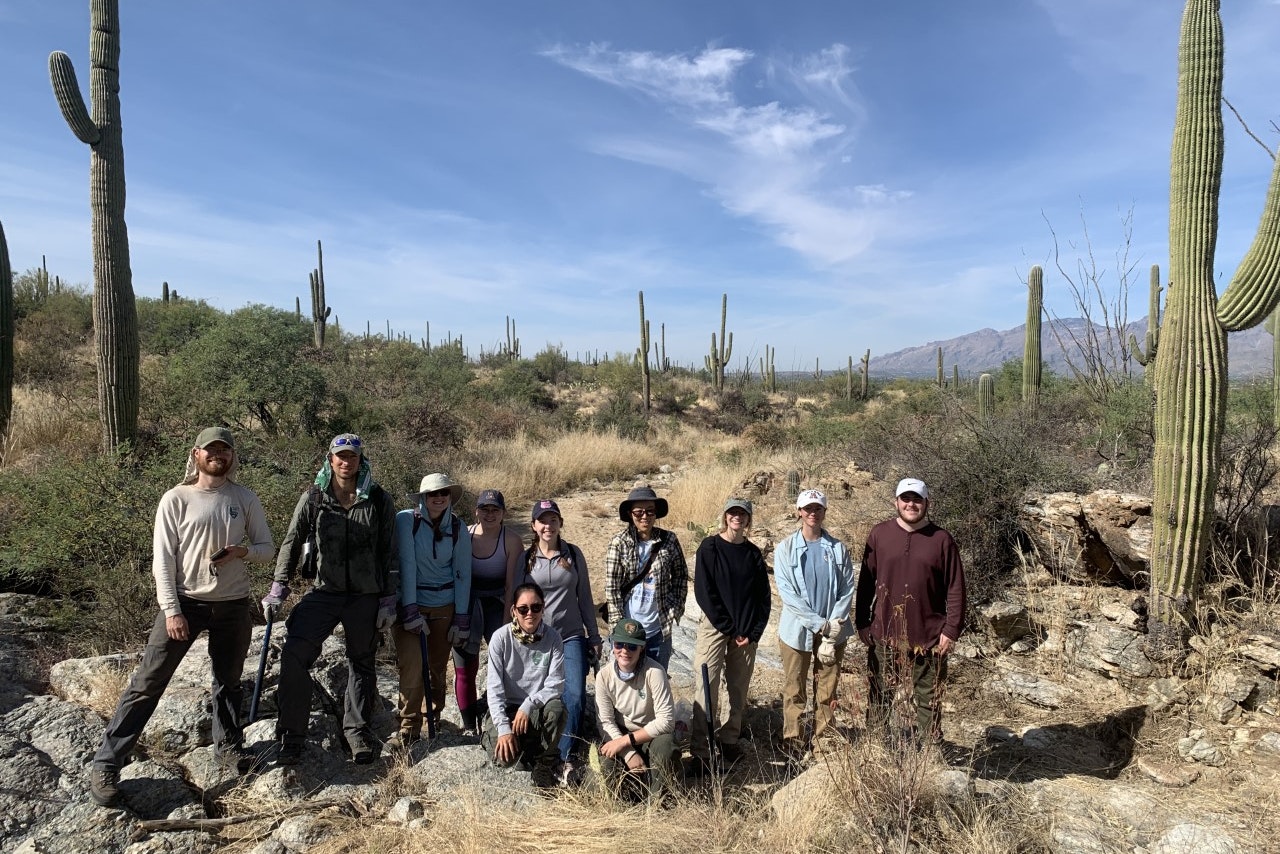
Funds from NPF grants have enabled park staff to inventory and eradicate fountain grass in the three major streams and nearby areas, as well as create a program to monitor how native species respond to removal of the grass.
Fountain grass is hard to control, meaning a key aspect of the project involves regular follow-up and evaluation of the treated areas.
In the winter and spring of 2022, volunteers contributed 1,100 hours of work on fountain grass removal, and in the summer, park interns applied herbicide treatments to further park efforts. Volunteers and interns have treated fountain grass in more than 900 acres of riparian habitat so far.

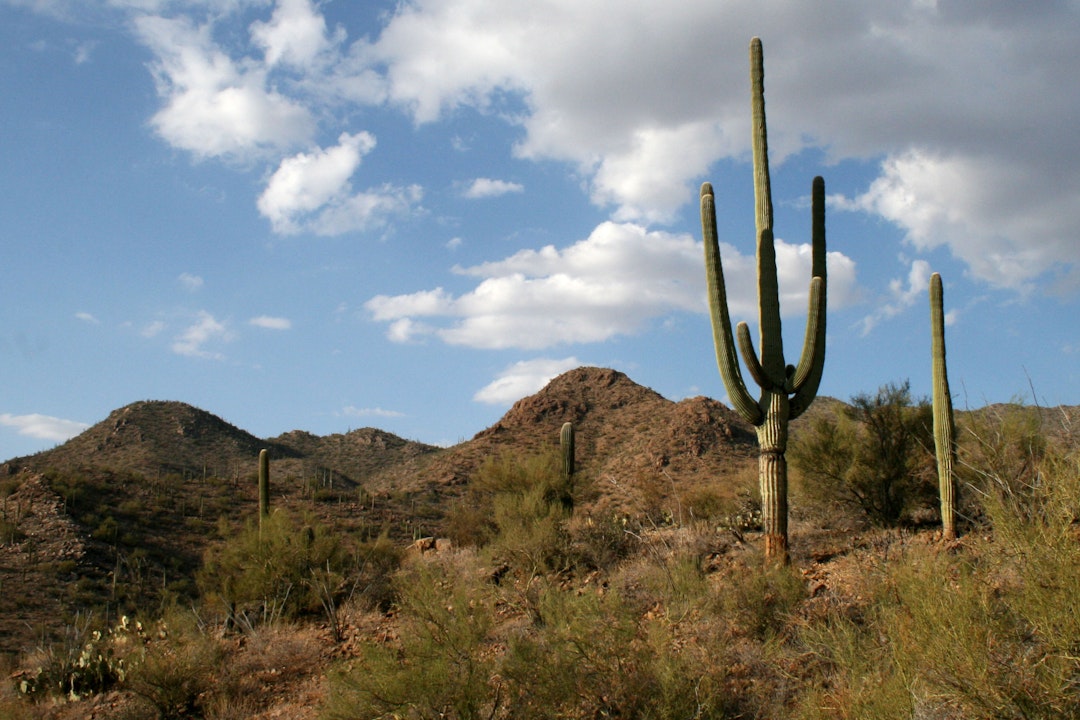
The three-year project plans to utilize 3,300 hours of volunteer efforts, a herculean effort to protect park habitat and welcome home frogs.
In addition to supporting the park’s habitat work, NPF also funds service corps projects that provides paid opportunities for diverse young adults from southern Arizona at Saguaro National Park. Among other projects, crew members contributed to efforts to control invasive fountain grass in support of the eventual frog reintroduction.
Success wouldn't be possible without the park’s interns and volunteers. Friends of Saguaro National Park deployed a team of Saguaro Next Gen Interns to lead the volunteer work days, engaging and educating community members in restoration efforts.
The park also partners with the Arizona Department of Forestry and Fire Management, whose funding to Friends of Saguaro National Park has allowed the park to expand the project to additional areas.
“Pulling invasive grasses at the park really helped me to connect with the people and nature of Southern Arizona. I really felt like I was helping improve the park and the Tucson area as a whole,” one high school senior said of his volunteer work.
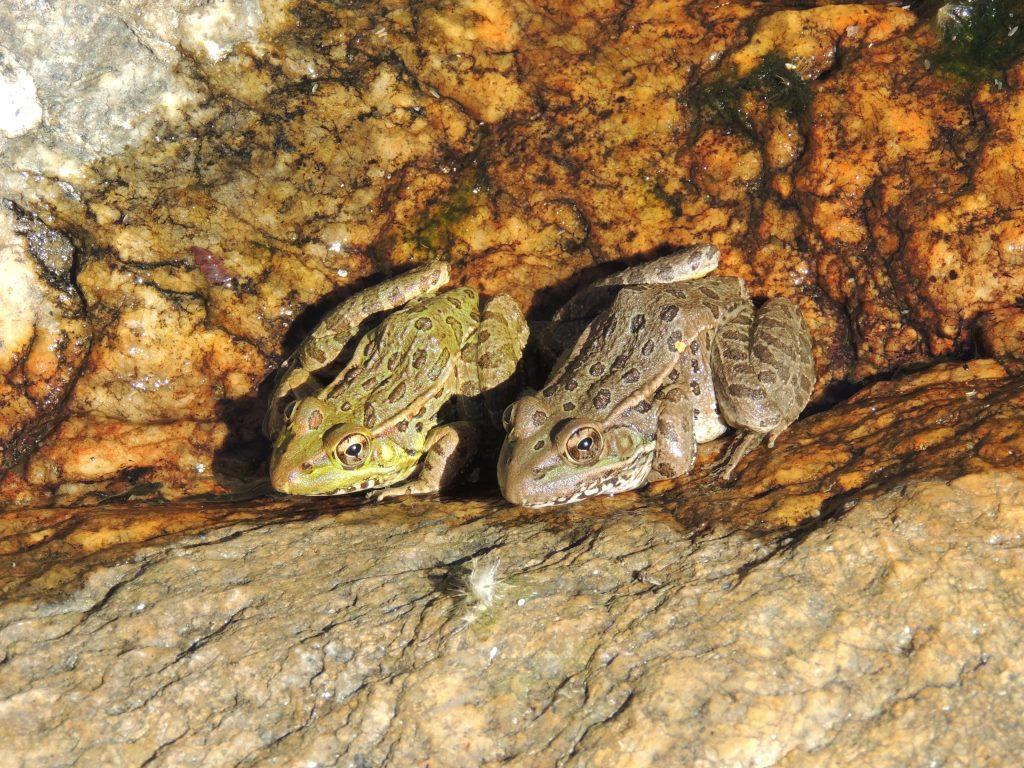
This year and next, Saguaro will continue to reduce fountain grass infestations, monitor native plants, and begin to place leopard frogs.
The goal is to have successfully reintroduced frogs to the three canyons by late 2024 so they can begin reproducing, which would mark a significant conservation win for Saguaro – and a long-awaited homecoming for lowland leopard frogs.
Interested in helping Saguaro National Park? Volunteer among the towering saguaros to help remove invasives! Learn more and sign up here. Not planning a trip to Saguaro any time soon? You can stop the spread and protect habitat from your own backyard with these National Park Service tips!